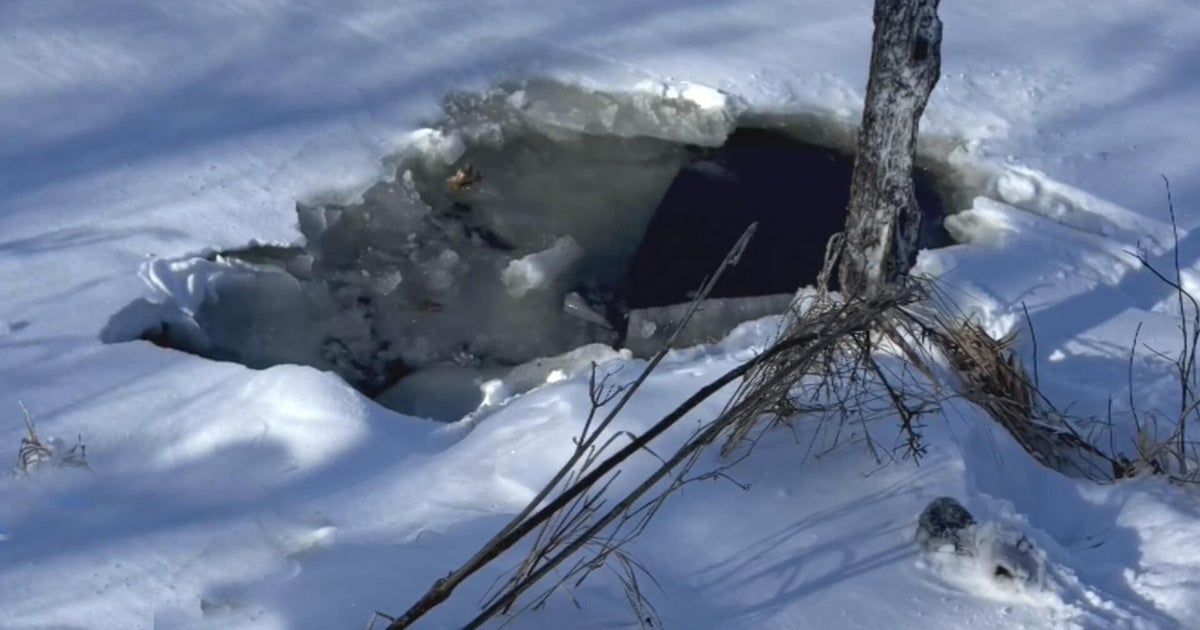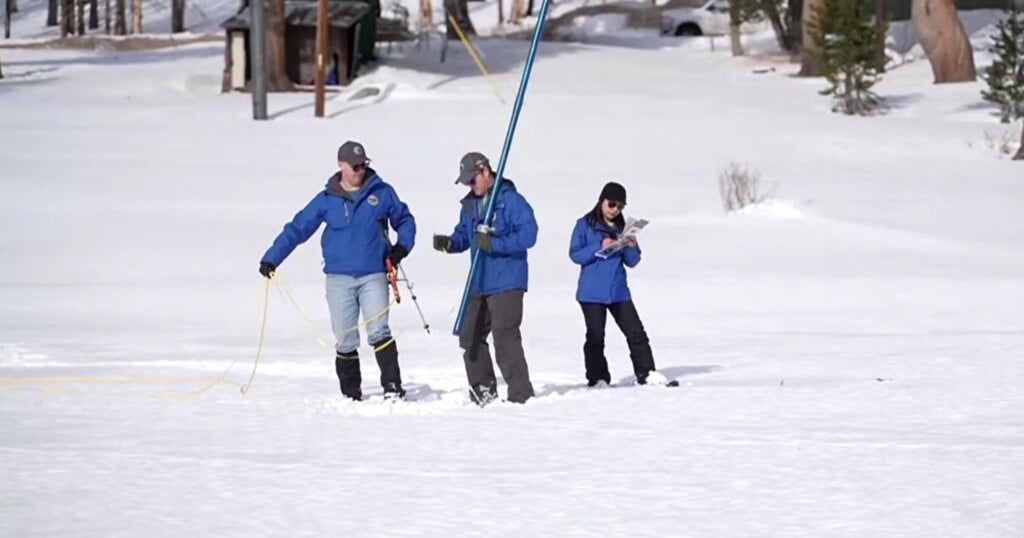Good Question: How Does Salt Melt Ice?
MINNEAPOLIS (WCCO) -- Among our weapons to fight winter is an ingredient that's also on our kitchen table. Salt gets rid of the slick spots on our driveways and sidewalks. But how does salt melt ice? Good Question.
"It's actually something we teach in freshman chemistry," said Dr. Chris Cramer, professor of chemistry at the University of Minnesota.
He says salt lowers the freezing point of water when you dissolve it into the water surrounding the ice. Then, the ice melts and isn't able to re-freeze anywhere above 10-15 degrees.
"When you put the salt on the surface of the snow, a little bit dissolves into the surface and now that water, instead of solid, becomes a liquid," he said.
Cramer says how well the water melts has to do with how many things dissolve into the water. For example, he says sugar could be used to bring down the temperature at which the water freezes. But, he says we don't because it would take much more sugar to do same job as salt.
"Sodium chlorate when it dissolves doesn't go in as molecule (like sugar), but it separates into a sodium ion and a chloride ion, so you get two things it dissolves in," he said. "That's why salts are good at lowering melting points because disassociate before they dissolve."
Cramer says a salt like calcium chlorate works even better at lower the freezing point because it dissolves into three particles.
The city of Minneapolis says its road salt generally doesn't work much lower than 15 degrees, which is part of the reason the city called for a snow emergency on Wednesday – before the temperatures dipped below zero.
"You're limited as to how far you can drive down that freezing point," said Cramer. "You can't force the freezing point down any further because you can't get any more salt into the water. Salt saturates in water at a certain point."







